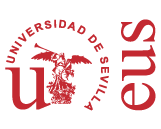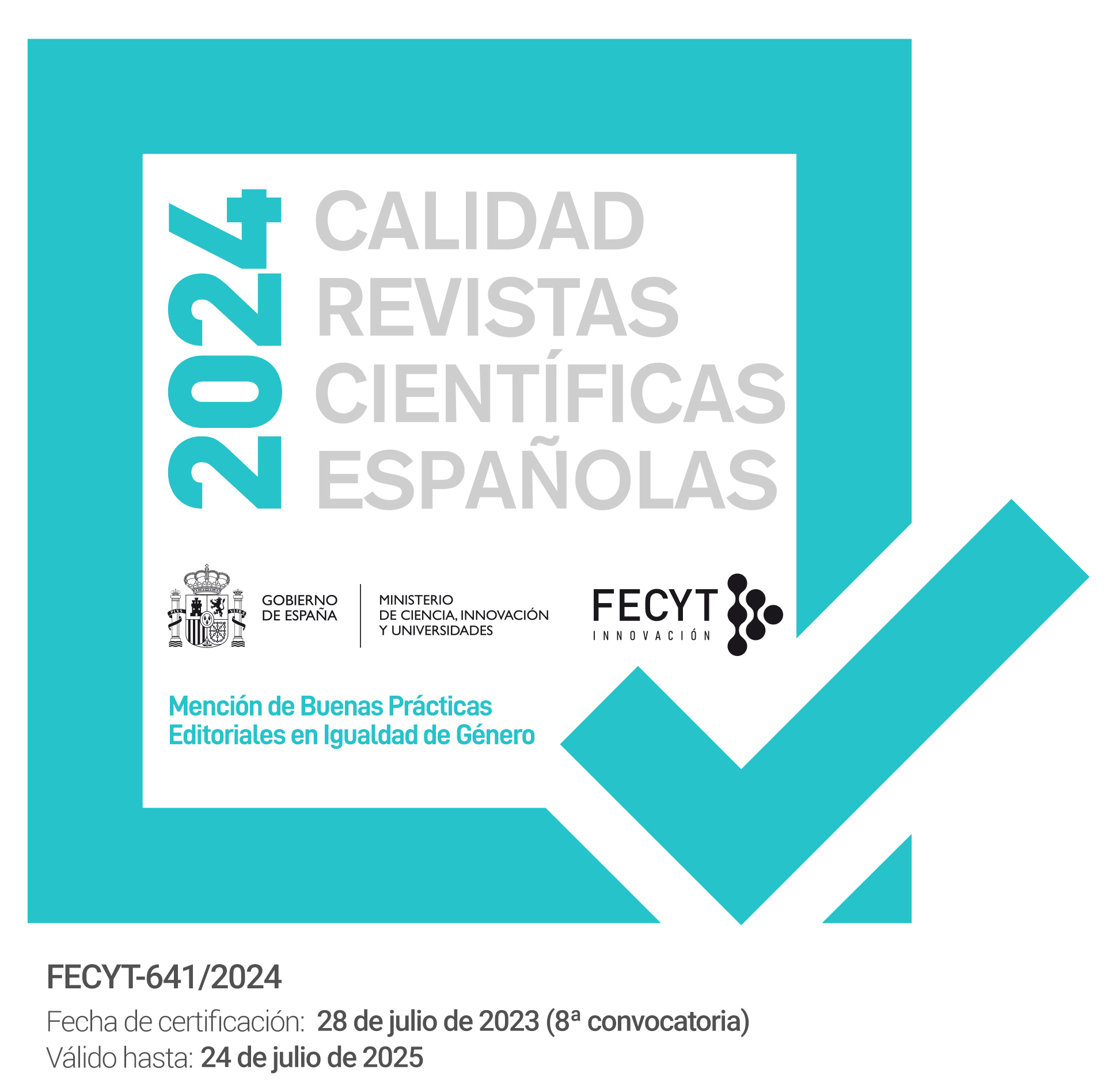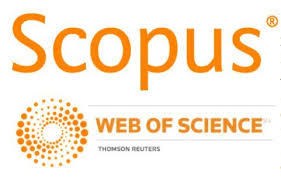Narrative subgenres, historiography, fable, anecdote, "Comentarios Reales" [1609] of Inca Garcilaso de la Vega
DOI:
https://doi.org/10.12795/PH.2018.v32.i02.04Keywords:
Narrative subgenres, historiography, fable, anecdote, Comentarios RealesAbstract
The stylistic competence of the Inca Garcilaso de la Vega allows him to draw on various narrative subgenres that lie between literary and historical fiction —the historical case, the relation, the news, the anecdote, the fable, the historical fable, the event, the story— in order to illustrate the discourse in his Comentarios Reales [1609]. With this, Garcilaso follows the tradition of the ‘deleitare aprovechando’ of his time without abandoning his humanistic intentions of didactic character. This article presents a proposal for the classification of these narrative subgenres.Downloads
References
REFERENCIAS BIBLIOGRÁFICAS
Fernández, Cristian (1998): “La textualización de la memoria andina en los ‘Comentarios reales’, Revista de Crítica Literaria Latinoamericana 24, 48, 229–239.
Frankl, Víctor (1963): El “Antijovio” de Gonzalo Jiménez de Quesada y las concepciones de realidad y verdad en la época de la contrarreforma y del manierismo. Madrid: Ediciones Cultura Hispánica.
González Sánchez, Carlos Alberto (2004): “Escribir y leer en el tiempo y en el universo del Inca Garcilaso de la Vega (1539–1616)”, Revista de Crítica Literaria Latinoamericana 30, 60, 271–293.
Honores, Renzo (2000): “El uso de las probanzas de testigos en los litigios sobre curacazgos
ante la Real Audiencia de Lima, 1550–1610”, en: Primeras Jornadas de Historia del Derecho
Procesal, [manuscrito]. Lima, Perú.
Huamanchumo de la Cuba, Ofelia (2010): “De las amenas palabras de Garcilaso: la ‘anécdota’ en los Comentarios Reales de los Incas”, en: Martos Carrera, Marco/Mendoza Cuba, Aída/Pinto Vargas, Ismael (eds.): Actas del Congreso Internacional ‘Las palabras de Garcilaso’. Lima, 23 - 25 de abril de 2009. Lima: Academia Peruana de la Lengua, Organización de los Estados Iberoamericanos para la Educación, la Ciencia y la Cultura, Universidad San Martín de Porras, 273–282.
Huamanchumo de la Cuba, Ofelia (2013): “El recurso discursivo del exemplum en la extirpación de las idolatrías (Perú, siglo XVII)”, en: Oesterreicher, Wulf /Schmidt-Riese, Roland (eds.): Conquista y conversión. Universos semióticos, textualidad y legitimación de
saberes en la América colonial. Berlín/Boston: De Gruyter, 229–251.
Jiménez, Dolores (2007): “La anécdota, un género breve: Chanfort”, Çedille – Revista de Estudios Franceses 3, 9–17.
Kohut, Karl (2009): “Las primeras crónicas de Indias y la teoría historiográfica”, Colonial Latin American Review 18, 2, 153–187.
Mazzotti, José Antonio (1996): Coros mestizos del Inca Garcilaso. Resonancias andinas. México/Lima: Fondo de Cultura Económica/Otorongo Producciones.
Miró Quesada, Aurelio (1971): El Inca Garcilaso y otros estudios garcilasistas. Madrid: Ediciones Cultura Hispánica.
Oviedo Pérez de Tudela, Rocío (2010): “Abogado y juez. La voz retórica del Inca”, en:
Mora, Carmen de et al. (eds.): Humanismo, mestizaje y escritura en los Comentarios reales.
Frankfurt a. M./Madrid: Vervuert /Iberoamericana, 261–273.
Serna Arnaiz, Mercedes (2000): “Cronistas de Indias, antiguos y modernos”, Boletín del Instituto Riva Agüero 27, 371–392.
Valcárcel Martínez, Simón (1997): Las crónicas de Indias como expresión y configuración de la mentalidad renacentista. Granada: Diputación provincial de Granada.
FUENTES DOCUMENTALES
Covarrubias Horozco, Sebastian de [1611]: Tesoro de la Lengua castellana o española. Edición integrada e ilustrada de Ignacio Arellano y Rafael Zaffra. Madrid: Iberoamericana, 2006.
Garcilaso de la Vega, El Inca [1609]: Comentarios Reales. Tomos I y II. Prólogo, edición y cronología de Aurelio Miró Quesada. Caracas: Biblioteca Ayacucho, 1985.
Published
How to Cite
Issue
Section
License
The printed and electronic editions of this Journal are edited by the University of Seville Editorial, and the source must be cited in any partial or total reproduction.
Unless otherwise indicated, all the contents of the electronic edition are distributed under a license of use and distribution “Attribution-NonCommercial-NoDerivatives 4.0 International” . You can view the informative version and the legal text of the license here. This fact must be expressly stated in this way when necessary.
Authors who publish in this journal accept the following conditions:
- The author/s retain copyright and grant the journal the first publication right, and accept it to be distributed with the Creative Commons By NC ND 4.0 licence, which allows third parties to use what is published whenever they mention the authorship of the work and the first publication in this journal and whenever they do not make commercial use and reuse it in the same way.
- Authors can make other independent and additional contractual agreements for the non-exclusive distribution of the article published in this journal (e.g., include it in an institutional repository or publish it in a book) provided they clearly indicate that the work was published for the first time in this journal.
Authors are allowed and recommended, once the article has been published in the journal Philologia Hispalensis (online version), to download the corresponding PDF and disseminate it online (ResearchGate, Academia.edu, etc.) as it may lead to productive scientific exchanges and to a greater and faster dissemination of published work (see The Effect of Open Access).
Accepted 2018-04-04
Published 2018-12-12
- Abstract 1498
- PDF (Español (España)) 774
- HTML (Español (España)) 2640
- EPUB (Español (España)) 40







